By futureTEKnow | Editorial Team
Foxconn and Nvidia are gearing up to transform the landscape of AI server production with the introduction of humanoid robots at Foxconn’s new Houston, Texas factory. This facility is slated to assemble Nvidia’s state-of-the-art GB300 AI servers, and if all goes according to plan, humanoid robots could be working on the production line as early as the first quarter of 2026.
This initiative is more than just a technological upgrade—it’s a milestone. It marks the first time Nvidia products will be built with the help of humanoid robots, and it’s Foxconn’s inaugural AI server plant in the U.S. to integrate advanced robotics directly into its workflow. The Houston plant’s modern, spacious design is perfectly suited for the deployment of these robots, which are being trained for tasks like picking and placing components, inserting cables, and assisting with assembly.
Foxconn isn’t relying on a single solution. The company is developing its own humanoid robots in partnership with Nvidia, while also testing models from other manufacturers such as China’s UBTech. Later this year, Foxconn plans to unveil two robot models: one that walks on legs and another that uses a wheeled autonomous mobile robot (AMR) base, offering a more affordable option for certain tasks.
Nvidia CEO Jensen Huang has been outspoken about the future of humanoid robots, predicting their widespread adoption in manufacturing within five years. This vision aligns with Nvidia’s broader push to expand manufacturing in the U.S., including new partnerships in Dallas with Wistron, alongside the Houston Foxconn facility, both set to ramp up production within the next 12 to 15 months.
Nvidia is also advancing the field by releasing open platform models like the Isaac GR00T N1 circuit board, designed to help developers create versatile robots for various environments. Meanwhile, Foxconn is leveraging AI and digital twin technologies to optimize assembly workflows and smart manufacturing, as highlighted in recent industry presentations.
The collaboration between Foxconn and Nvidia signals a transformative shift for the manufacturing sector. Humanoid robots are poised to augment human labor, boost efficiency, and set new standards for AI-driven production lines. As these technologies move from concept to reality, the Houston factory could become a blueprint for the next generation of smart manufacturing in the U.S.
Founded in 2018, futureTEKnow is a global database dedicated to capturing the world’s most innovative companies utilizing emerging technologies across five key sectors: Artificial Intelligence (AI), immersive technologies (MR, AR, VR), blockchain, robotics, and the space industry. Initially launched as a social media platform to share technology news, futureTEKnow quickly evolved into a comprehensive resource hub, spotlighting the latest advancements and groundbreaking startups shaping the future of tech.
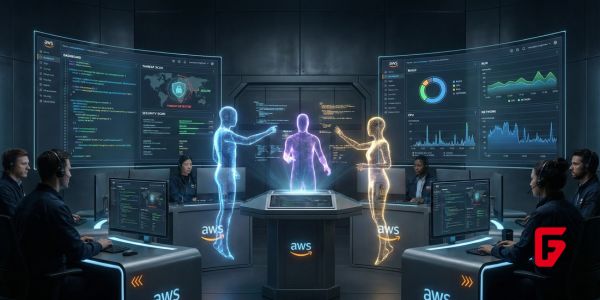
AWS frontier agents introduce a new era of autonomous AI coders that can build, secure, and run applications for days at a time, acting like virtual teammates across dev, security, and DevOps while engineers retain final control over production changes.
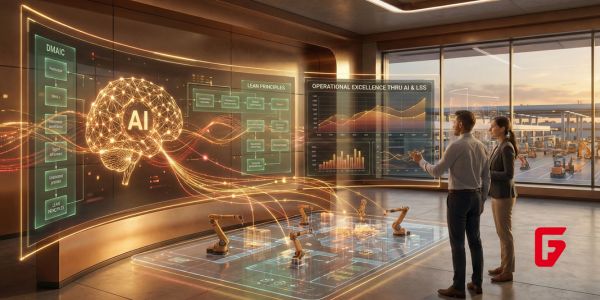
Explore the cutting-edge ways AI is enhancing Lean Six Sigma, from real-time process insights to predictive controls, ushering in a new era of operational excellence and efficiency.

Facing supply chain challenges in 2025? High-performing teams leverage AI for risk management, demand forecasting, supplier analytics, and end-to-end visibility to ensure business continuity and resilience.

Craft an AI-powered supply chain Center of Excellence that unifies control tower visibility, analytics, and inventory optimization into one strategic hub. Explore this blueprint to learn how a modern supply chain CoE drives resilience, smarter decisions, and operational excellence in the age of AI.
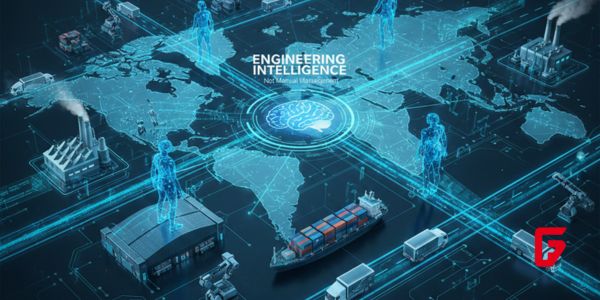
Supply chain leadership is being redefined by AI, intelligent automation, and agentic decision-making, demanding leaders who can engineer end-to-end intelligence rather than simply manage workflows. This article explores how next-generation supply chain leaders will combine data, algorithms, and human judgment to build resilient, adaptive, and high-performing global operations.

Bridgit Mendler’s Northwood Space is pioneering mass-produced ground stations, enabling scalable, high-speed connectivity for the new era of satellite networks and megaconstellations.
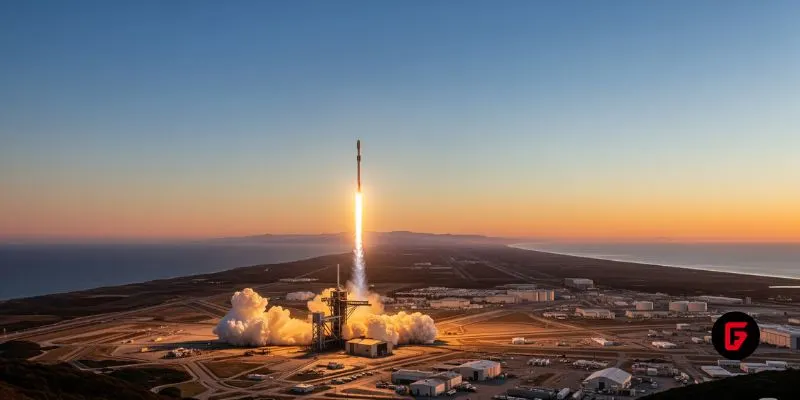
SpaceX aims to nearly double launches from Vandenberg in 2025, facing support from federal agencies but strong objections from the state and local communities.

Traditional Medicare will pilot AI-assisted prior authorization in 2026 across six states, focusing on high-risk outpatient services. Clinicians retain final say, but incentives and access concerns loom as CMS tests fraud reduction and “gold card” exemptions. Here’s what providers and patients should know.

OpenArt’s new “one-click story” compresses scripting, visuals, and edits into ready-to-post short videos—fueling viral growth and a fresh IP debate. We break down how it works, adoption signals, what’s next (multi-character, mobile), and practical guardrails creators and brands should follow to stay original and compliant.
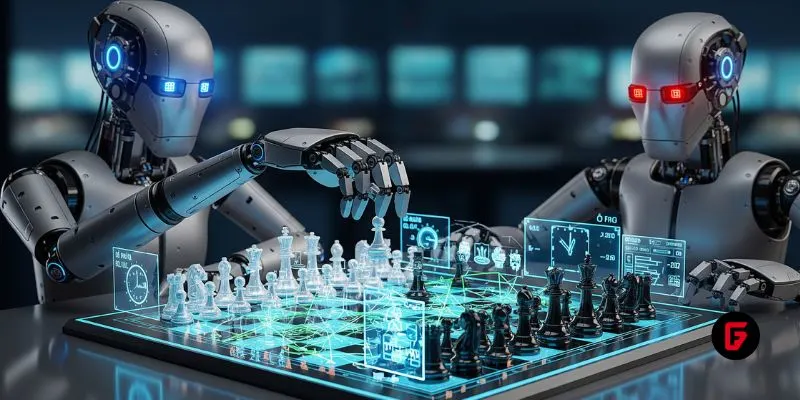
OpenAI’s o3 swept the Kaggle AI chess tournament, defeating xAI’s Grok 4–0. The victory fueled the intense rivalry between Altman and Musk, reshaping AI benchmarks.
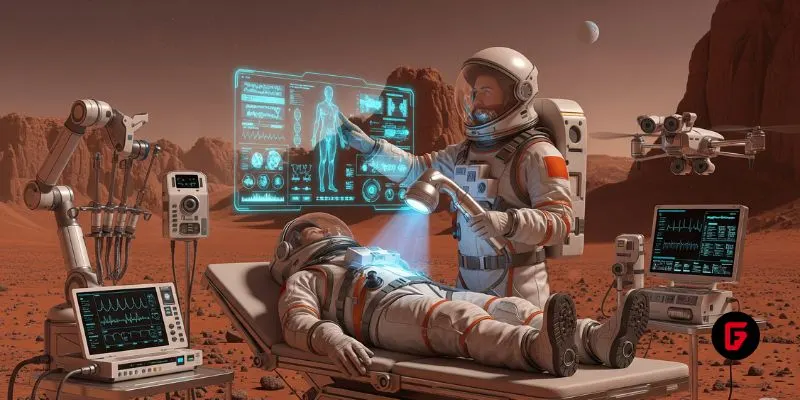
NASA and Google’s AI-powered Crew Medical Officer Digital Assistant enables autonomous diagnoses for astronauts on Mars missions, redefining remote healthcare for space and Earth.

Pinterest’s CEO confirms that fully agentic AI shopping is years away, as the platform invests in AI-powered tools to enhance discovery, inspiration, and personalized shopping experiences for millions.
To provide the best experiences, we use technologies like cookies to store and/or access device information. Consenting to these technologies will allow us to process data such as browsing behavior or unique IDs on this site. Thanks for visiting futureTEKnow.